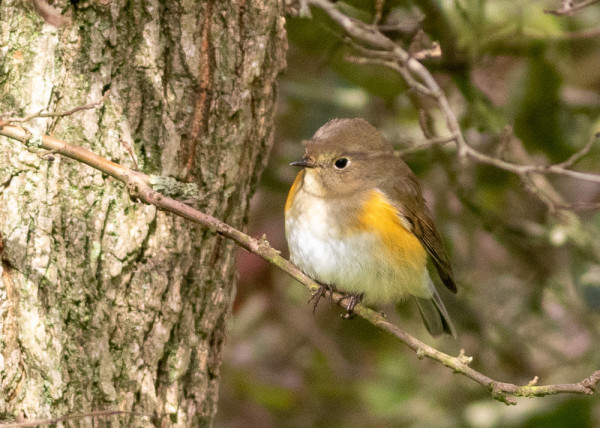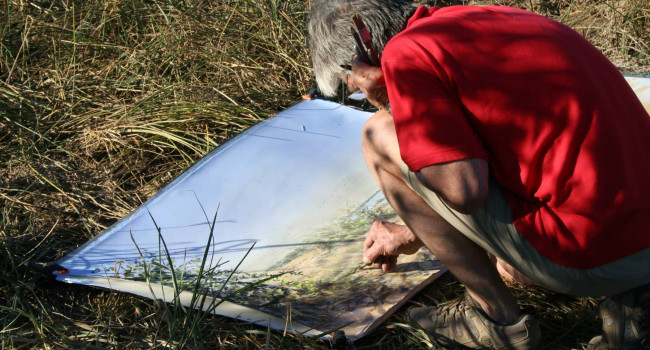
Migration blog (10th – 16th September)
Scott’s role includes the day-to-day running of BirdTrack: updating the application, assisting county recorders by checking records and corresponding with observers.
Relates to projects
That isn’t to say that there weren’t migrants to be seen, indeed many sites recorded common migrants such as Chiffchaff, Willow Warbler, Blackcap, Spotted Flycatcher, Redstart, and Whinchat. Reports of Wryneck increased dramatically during the past week with over 50 birds reported, mainly from east coast and south coast locations but a few were seen further inland.
Seabird reports fell away as the wind veered away from a northerly direction to more of an east/south easterly direction. Sooty Shearwaters, however, were still well reported with the BirdTrack reporting rate (link to graph) showing a significant jump as several birders added them to their complete lists.
Wader passage continued too with Little Stint and Spotted Redshank in particular being reported more than normal.

Species focus — Red-flanked Bluetail
It is not that long ago that the thought of Red-flanked Bluetail occurring annually in the UK would have been preposterous, but that is where we are. In 2020 over 40 were found here, setting a new annual record – will it be broken again in 2021? Maybe.
The Finnish breeding population has hit another record high with 1,230 singing males recorded in the east and northeast of the country this year, up from 730 in 2020.
It is interesting to postulate where these birds spend the winter months – the Russian breeding population prior to its westwards expansion migrated south and east. Might some Finnish breeders be making their way to Africa in the same manner as some Yellow-browed Warblers clearly do?
With what is happening in Finland it might not be too long before Red-flanked Bluetail is just a scarce migrant to Britain. In fact, if the Finnish population keeps increasing at the rate it is currently, we might be on for a new breeding bird over here.
Typically, Red-flanked Bluetail is a bird of late September onwards but it is worth looking out for from now.
Tuesday in particular looks like it could produce a good fall of migrants along the east coast
Looking ahead
As we near the weekend the wind direction will switch from west/south west to a light westerly for many parts with the odd patch of light rain. These conditions are unlikely to see a big arrival of migrants but from the end of the weekend the prospects look much better. Tuesday in particular looks like it could produce a good fall of migrants along east coast, particularly in North Norfolk, due to a band of rain and strong winds feeding in from across southern Scandinavia and the Baltic Sea. This weather pattern could funnel in migrants from across northern and eastern Europe that will drop in as they meet the band of rain. Species likely to be involved include common warblers such as Lesser Whitethroat and Blackcap, Pied and Spotted Flycatcher, Redstart, Whinchat, and Wheatear. Mixed in with these will be the inevitable scarce and rare species with likely candidates being Red-breasted Flycatcher, Wryneck, Red-backed Shrike, Icterine Warbler, and maybe Arctic Warbler and Lesser Grey Shrike, or the first Red-flanked Bluetail of the autumn. These conditions look set for the rest of the week and extend across more of Britain and Ireland, which should mean migrants turning up across the country.









Share this page